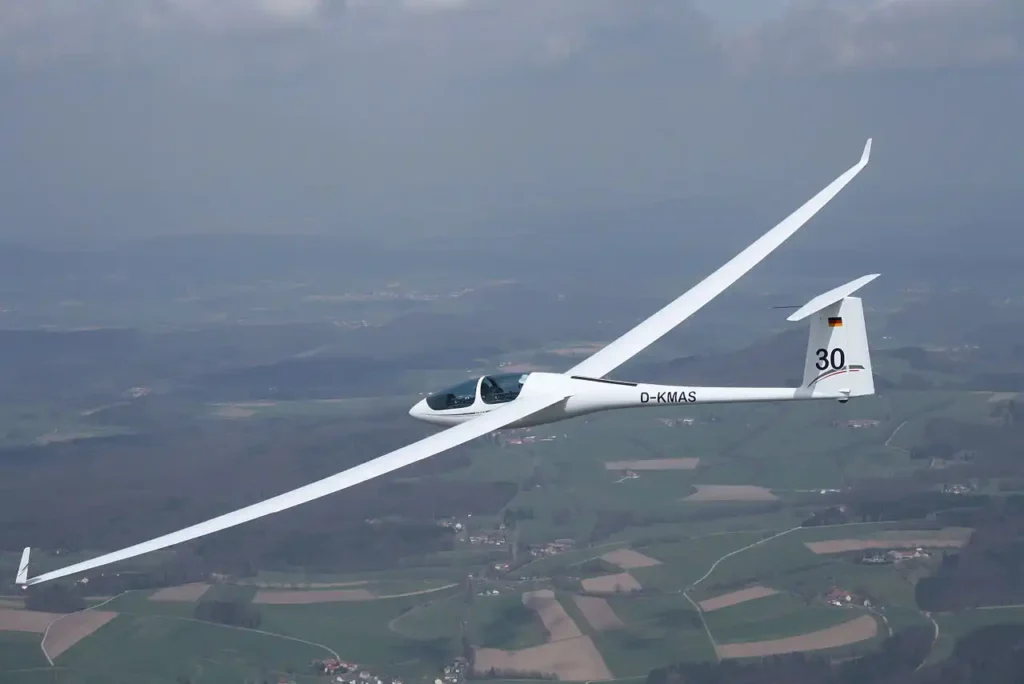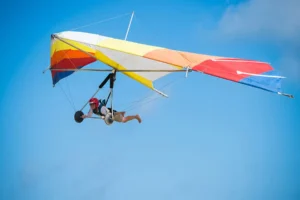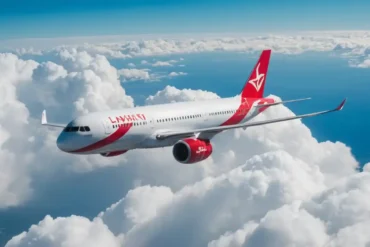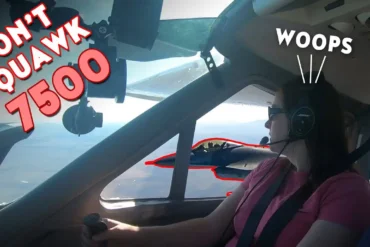Have you ever wondered what it’s like to soar through the air without an engine? That’s exactly what gliding is all about! From simple hang gliders to the space shuttle returning to Earth, any aircraft without an engine is considered a glider. Gravity is the driving force behind these remarkable machines, causing them to descend through the air. But here’s the exciting part: when a well-designed glider flies through rising air that’s faster than its sink rate, it actually climbs higher! There are various types of gliders out there, with sailplanes being the most efficient. If you’re looking for specialized forms of gliding, you might want to check out hang gliding and paragliding.
Let’s take a quick journey through gliding history. German pioneer Otto Lilienthal (1848–96) was the first to achieve controlled glider flight. He was followed by British pilot Percy Pilcher (1866–99) and Americans Octave Chanute and the Wright brothers. Sport gliding kicked off in Germany in 1910, and interestingly, sailplanes were first developed there after World War I due to restrictions on powered aircraft construction following the Treaty of Versailles. International competitions began in 1922, and by the 1930s, the sport had gained popularity across Europe and the United States. Since 1937, the Fédération Aéronautique Internationale (FAI) has been overseeing the sport. Gliders even played a role in World War II, used by U.S., British, and German airborne troops. After the war, soaring as a sport expanded globally, with enthusiasts taking to the skies on most continents.

Now, let’s talk about what makes sailplanes so special. These sleek aircraft have long, narrow wings that allow them to sink slowly and glide efficiently. The controls are similar to those in small airplanes: pedals operate the rudder, while a control stick manages the ailerons for rolling and the elevators for adjusting pitch angle and regulating speed. Most sailplanes have a single landing wheel under the front fuselage. To get airborne, they’re usually launched by being towed by a light aircraft or pulled up by a ground-based winch. During a typical aero tow, the aircraft reaches about 60 miles per hour (100 km per hour) and climbs to an altitude of around 2,000 feet (610 meters) before the glider is released.
Once in the air, pilots use various techniques to stay aloft. Thermaling is a basic soaring technique where pilots locate and use rising warm air currents, often found above sunlit fields, to gain altitude. Skilled pilots can achieve impressive height gains using these thermals, which can rise quite rapidly. Slope soaring involves riding the air that’s forced upward along a ridge, allowing the sailplane to glide over long distances. In wave soaring, pilots ride wind waves on the lee side of mountain ranges, potentially reaching extreme altitudes very quickly. To help with navigation and maneuvers, gliders are equipped with instruments like altimeters, airspeed indicators, turn-and-bank indicators, compasses, and GPS. The variometer, which indicates subtle upward or downward movement, is particularly crucial for pilots.
For those who love a challenge, gliding offers plenty of opportunities to set records and compete. National and international gliding records cover categories such as straight distance, out-and-return courses, triangular distance, speed over triangular courses, height gain, and absolute altitude. World championship competitions, which began in 1937 and have been held every two years since 1950, last about two weeks. Participants compete in tasks like elapsed-time races over designated courses, with the overall champion determined by point accumulation. But don’t worry if competition isn’t your thing – many pilots simply enjoy soaring for the sheer pleasure of it, reveling in the peaceful experience of gliding through the sky.





